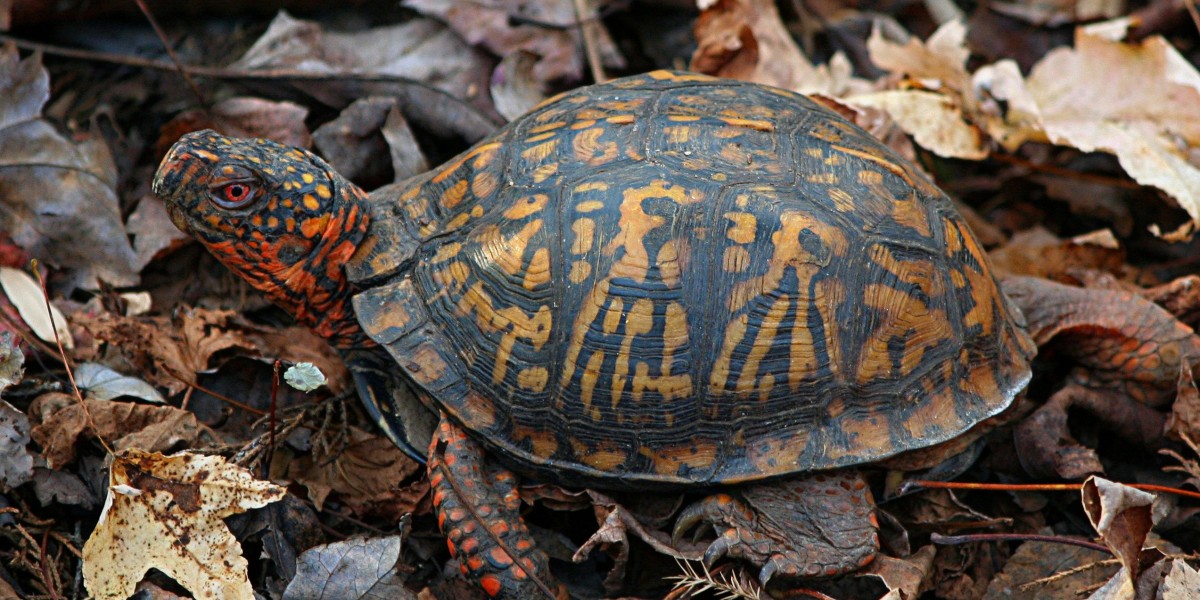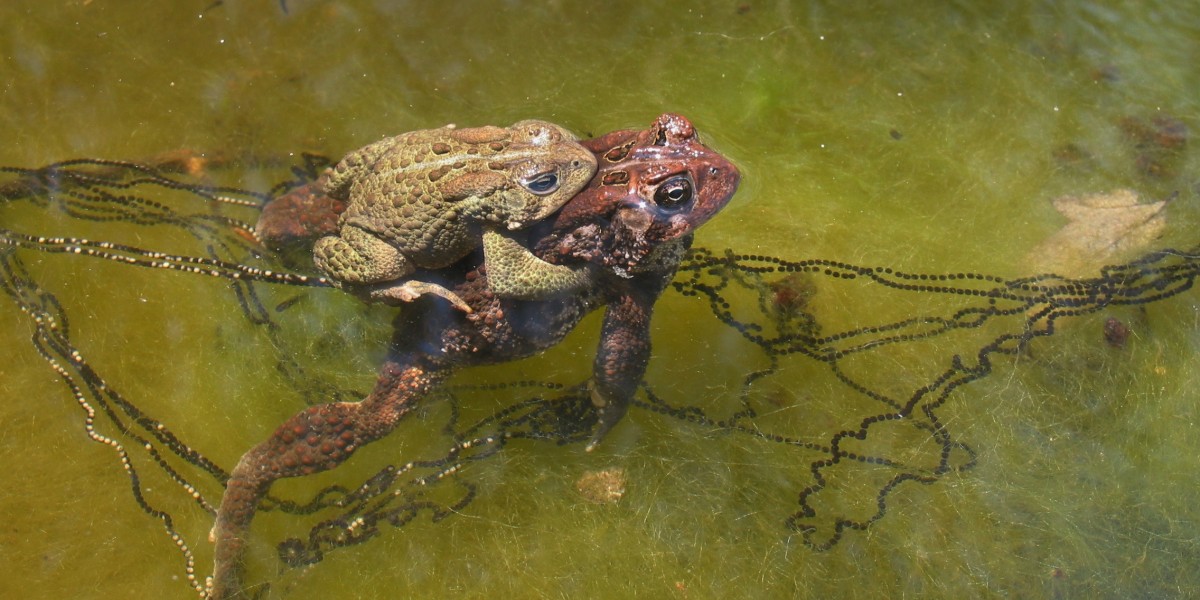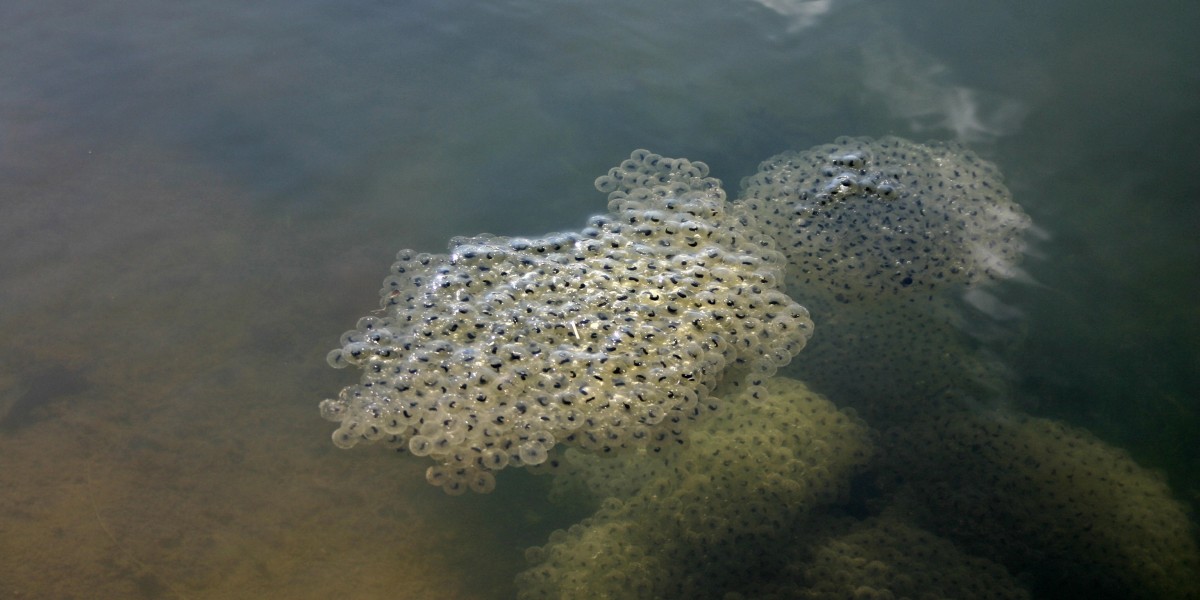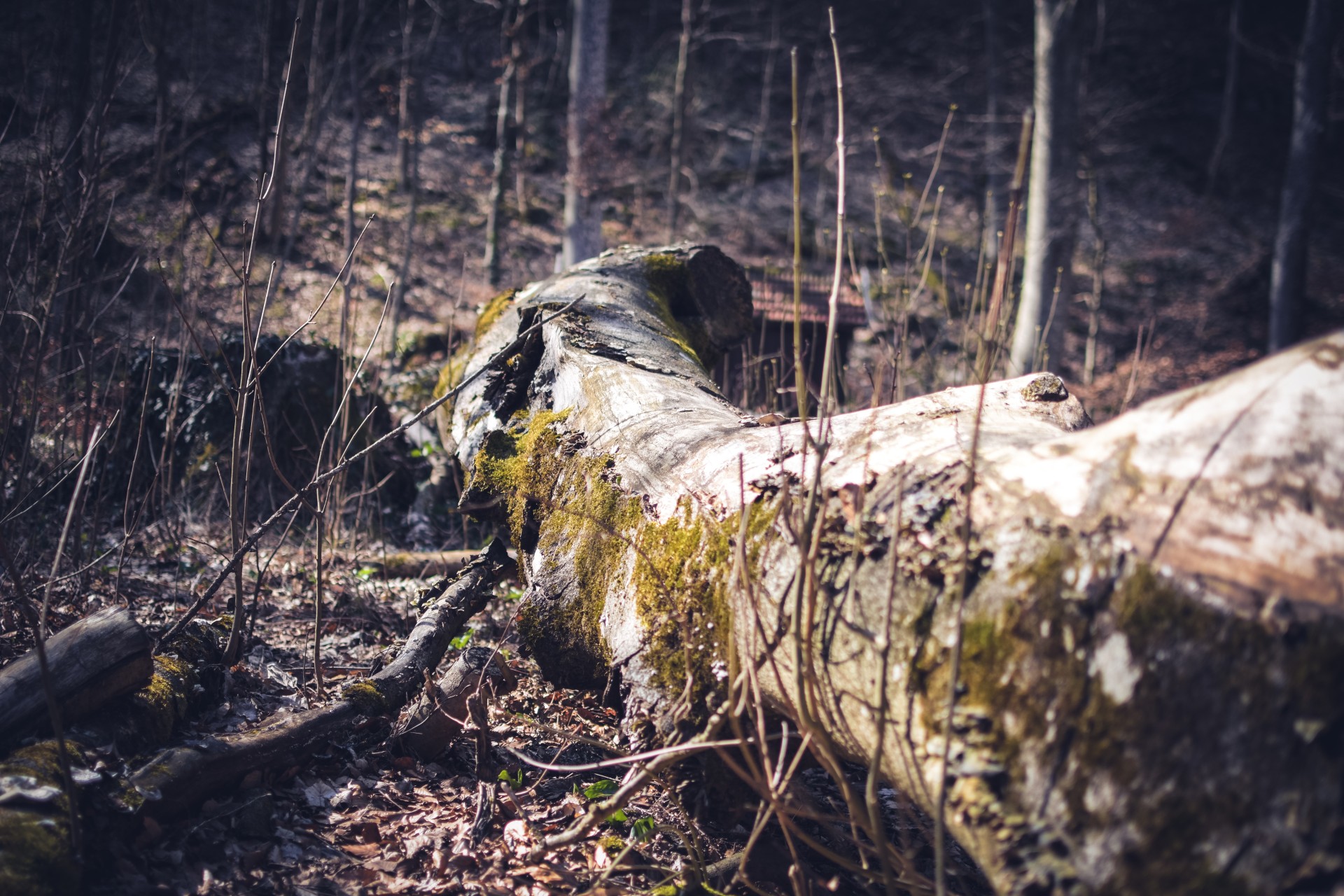Now that the equinox has come and gone, precipitation has turned from snow to rain (usually), skunk cabbage is unfurling through the leaf litter and robins forage on the lawns…they’re out. The herps are out, and along with them, the herpers.
A quick lesson in etiology, because let’s be honest: people hear the suffix “herp” and unless you’re in the field, your mind likely goes to STIs. Herpet- is a Greek root that translates to creeping. For our purposes, we use herp to indicate an animal that is a reptile or an amphibian. Herpetofauna (the assemblage of these animals in a geographic location), herpetology (the study of these animals), and herpetologist (a zoologist focused on these animals) are all derived from the same root. Herping is the act of seeking out these critters, and that’s what we’ll focus on today.
Herping is an easy hobby to get into, because it requires little to no equipment, and can be done anywhere from your backyard to a beautifully remote corner of the globe, and everywhere in between. Most people value wildlife encounters, and there’s a fascination that comes from a taxa so vastly different than our own. But, many species of reptiles and amphibians are declining in the wild, facing threats such as habitat loss, unscrupulous collection, and disease. Therefore, great care must be taken to ensure that we do not negatively impact that which we love- so how can one herp mindfully and ethically?
Know the animals, know the regulations:
Since many causes of herp decline stem from human influence (be it incidental or intentional), many species have laws in place to protect them. It is your responsibility for knowing and following country, state, and property laws. Ignorance will get you nowhere if you are caught doing something or being somewhere you should not be. Remember that you and the laws are on the same side- conserving our resources. For more info on amphibians and reptiles check your state's wildlife website, in New York check the NYSDEC's NYS Amphibians and Reptiles page for a treasure trove of info on species with some do's and don'ts to remember.
Look, don’t touch:
Is it tempting to scoop up a frog to set it on that nice mossy patch over there for a good photo, or to allow a snake to bite you in the interest of exhibiting the fact that they are indeed as harmless as everyone says? Do even biologists take selfies with wildlife sometimes? Yes to all of these, and these are practices that need to change. There are valid reasons to handle wildlife, and these are all encompassed either by a) collection of biological data while conducting legitimate research, or b) moving the animal out of the way of an immediate danger, such as assisting a turtle across a road. As a herper, you have the responsibility not to jeopardize the health and wellbeing of the animals you are seeking. This is not referring only to physical harm from rough handling, there is potential for unseen consequences as well, such as the undeniable stress of being a wild animal caught by a human, or disease transfer at your hand.
The spread of infectious diseases impacts amphibians on a global scale. Huge loses in species numbers and diversity continue to plague amphibians worldwide and some pathogens that are devastating at the population level include fungal pathogens Chytridiomycosis (Bd) and Salamander Chytrid (Bsal), as well as viruses like ranavirus, which affects turtles as well and can cause 90% -100% mortality events in multiple species. Another pathogen, Snake Fungal Disease (SFD) is a risk to many snake species including the threatened timber rattlesnake in NY. These pathogens are not visible and can be spread easily to the environment that sustains the ecosystem these animals rely on for survival. Think before you touch.
Sharing is NOT caring, biosecurity is:
Along the lines of disease transmission, please recognize that wherever you go, you have the potential to leave a trail of invasive species, fungus, virus, bacteria, and more. Many of these are not visible to the naked eye, but can wreak havoc in sensitive ecosystems. This is very easy to prevent- simply wash your boots (and any other gear that has been in contact with the environment) in a decontamination solution such as 4% bleach in between sites. Disinfect away from the wetland, and make a fresh solution each time.
Flip, flip back:
Let’s talk about the down and dirty that is a well-known part of herping: “flipping.” This consists of moving a natural item, such as a log or rock, or a manmade item, such as a piece of tin or an old mattress, to see what inhabitants are residing underneath. Many species you would not encounter without flipping, and therefore it is a common practice. It is unfortunately inherently destructive. But, there are practices that you can follow that make it significantly less invasive to both the animal and the microhabitat.
- Flip slowly- if someone is going to remove the roof off of your home, it’d be nice if they peeped in first rather than just tear it off, right?
- ALWAYS return the object to the exact position that you had initially found it in. Each object has the potential for a unique ecosystem underneath- temperature, humidity, pH, food web, etc- and by carefully replacing the object, you modify this as little as possible. When you return the object to position, use caution not to flatten whatever is living underneath it (sometimes it is a good idea to replace the object, then introduce the animal back under it once it is in position).
- If you cannot return the object precisely, like a rotten log that would fall apart when moved, don’t flip it in the first place.
Take only photos:
There is no reason to collect animals, be it for temporary or permanent captivity. Many reptile and amphibian species are difficult to care for, have long lifespans, and require excellent husbandry to allow them to thrive. If you have done appropriate research and still want a herp, elect for a captive-bred animal.
- Wildlife, especially species with very explicit needs like herps, often don’t fare well in confinement. Some animals have massive home ranges, others very specific diet.
- Once removed from their environment, with little exception animals cannot be released again. This is not only true of long term captives, who may have difficulty fending for themselves, but also of short term captives, who may have been exposed to a pathogen (via aquarium water, feeder fish or insects, human hands, other pets, etc) that they could harbor and spread.
Herping is a fabulous pastime, and you can go your entire life without making a dent in the list of species possible to see. Some have magnificent coloration, some beautiful life histories, some amazing adaptations. Whether you are looking for red-backed salamanders in your backyard, or fer-d e-lance in Peru, there is something waiting for you - but in the interest of conservation, please play by the rules.









